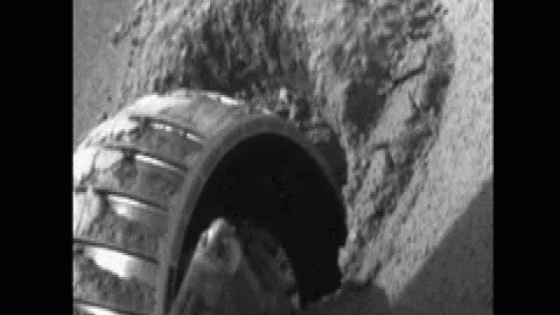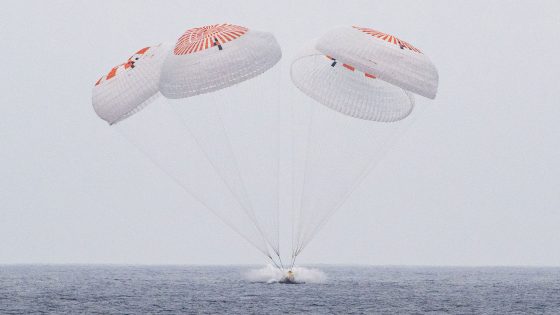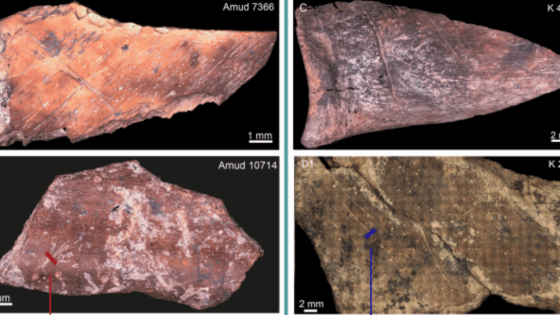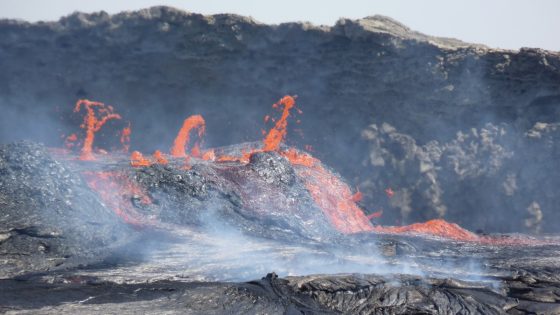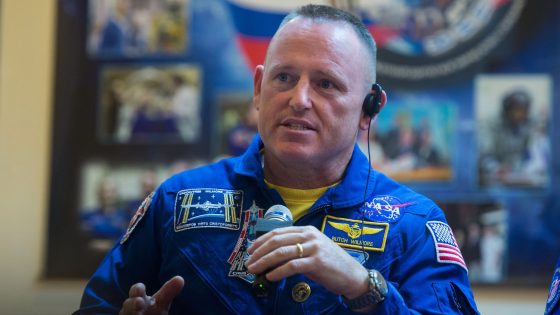Robotic probes are revolutionizing our exploration of the Solar System, but challenges remain. Despite advancements since the first extraterrestrial robotic rover launched in 1970, scientists are still unraveling why these machines often get stuck in alien soils.
- Robotic probes are improving in space exploration.
- Lunokhod 1 was the first extraterrestrial rover.
- Gravity affects rover mobility on alien soils.
- Dust on Mars and Moon hinders traction.
- Physics-based simulations aid rover design.
- Research published in Journal of Field Robotics.
As of 2025-08-10 02:01:00, researchers from the University of Wisconsin-Madison have identified key factors affecting rover mobility. Their findings emphasize the importance of considering not just gravity but also how different soils behave under varying gravitational conditions.
This breakthrough could significantly enhance the design of future rovers, preventing them from encountering the same pitfalls as their predecessors.Fast Answer: New research reveals that rovers struggle in extraterrestrial soils due to unique gravitational effects on sand, paving the way for improved designs in future space missions.
Why do rovers keep getting stuck? This question highlights a critical area of research in planetary exploration. The recent study utilized physics-based simulations to reveal that sand behaves differently under low gravity, impacting rover traction. Key points include:
- Rovers face unique challenges on the Moon and Mars due to fluffier, squishier dust.
- Previous tests failed to account for the behavior of sand under different gravitational forces.
- Understanding these dynamics is crucial for future missions and rover designs.
As we continue to explore the cosmos, these insights will drive innovation in rover technology, making space exploration more efficient and successful. Will we finally see rovers that can navigate alien soils without getting stuck?



